Culture methods and matters needing attention of succulent plant Fengyu-Huatian Encyclopedia
Kui Fengyu (cactus family)
Euphorbia angustifolia is a perennial succulent herb of cactus family and planet. it is native to the central part of the Mexican plateau and becomes a column when it grows up. It is a treasure collected by botanical gardens and succulent plant lovers, and has high horticultural and ornamental value.
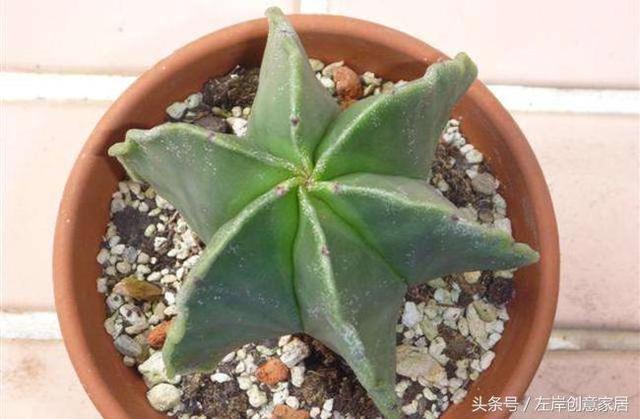
Growth habits of Jade Fengyu
Meng Fengyu likes warm, dry and sunny environment, has a certain degree of cold resistance, drought resistance, slightly resistant to semi-shade, but also resistant to strong light, afraid of waterlogging. During the growing period, sufficient light will be given, if the light is not enough, the white stars on the plant surface will decrease, and the red color of the red leaves will fade. Relatively speaking, the pure green green glazed Phoenix jade is slightly shady, but if the long-term lack of light will also make the fleshy stem thinner, affecting the ornamental. The suitable temperature for growth is 18-25 ℃, and the winter temperature is not lower than 5 ℃.
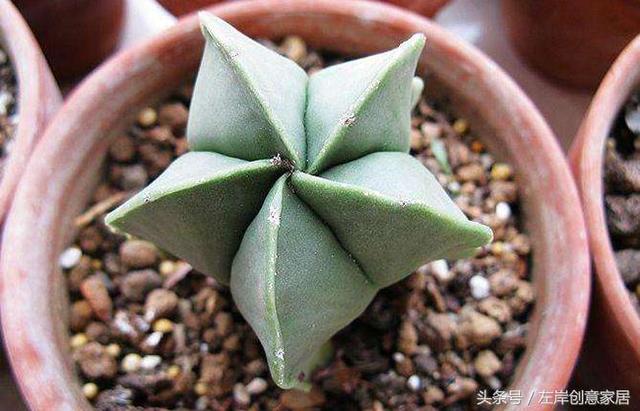
Breeding method of Jade Fengyu
The maintenance of Fengyu usually uses cutting propagation, which can be operated all year round except in the hot summer and humid period, and it is easy to survive, and the spring and autumn season is the most suitable. Generally after the full flowering period, combined with shaping and pruning, the sturdy branches of the current year are selected as cuttings to remove a section of leaves and inserted into plain sand, and other loose quality. Heat preservation, moisturizing and shade thinning can take root and be planted in time, and the Phoenix jade can blossom the following year.

Culture method of Fengyu Fengyu
1. Soil:
Jade Fengyu has no strict requirements on soil and can grow normally in the range. In order to ensure the quality and yield of products, fertile loam with strong fertilizer and water conservation should be selected for cultivation.
2. Temperature:
Fengyu likes warm and humid climate and good ventilation conditions, high temperature season should avoid strong wind and cool ventilation environment, in order to prevent diseases and insect pests. When it is cold at the end of autumn, the pot plants should be moved into the room for cultivation, so that they can fully receive the light, and the plants after flowering should be pruned and pruned again.
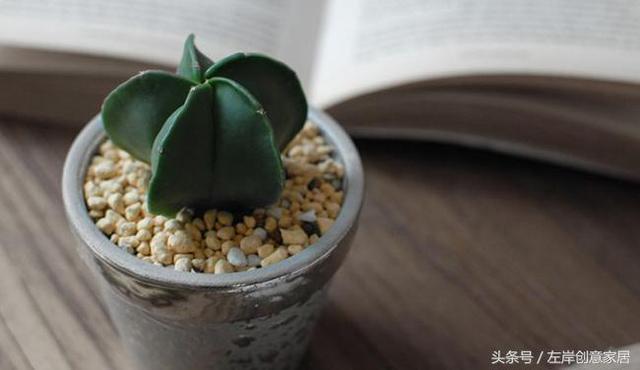
3. Fertilization:
Fengyu has little demand for fertilizer. During the growing season, it is better to apply thin fertilizer and water once a month than to thicken. If you can only keep room temperature in winter, you need to stop fertilizing, and the basin soil is slightly dry, so that the plant can survive the winter safely.
4. Watering:
"Fengyu" seedlings from the plant began to water frequently, especially in high temperature and dry weather, pay attention to keep the basin soil moist. In addition, in the case of plenty of sunshine, do not pour water directly on the ball, so as not to burn the ball with spots.
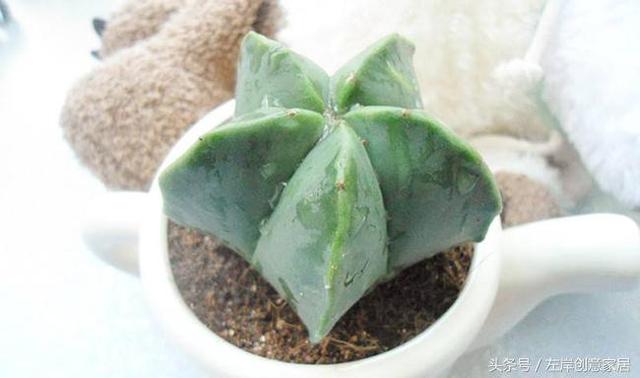
The main value of Jade Fengyu
Fengyu is a famous representative species of the genus Cactaceae, which is native to Texas in the United States. Fengyu can be crossed among genera, and there are many variation types of the original species. Some countries have done a lot of work on the breeding of these two varieties, such as "Chaodou, Yamamoto Dou, Turtle Shell Dou, Garden Dou" selected by Japan, "Enzuka Fengyu, Hongye Fengyu" and so on. China's breeding of "Dou Jin, Bi Fangyu" and so on.
Thus it can be seen that its horticultural value is higher, and its ornamental value is also higher. It is a treasure that botanical gardens and succulent plant lovers are keen to collect. Because the reproduction coefficient of this kind of plant is very low and its variability is large, it is not easy to preserve all kinds of horticultural varieties. The method of tissue culture may be an effective way to solve the propagation and germplasm conservation of various horticultural varieties of Planet and Fengyu, and it also has the significance of protecting endangered plants. There is no report of successful tissue culture of this plant at home and abroad.
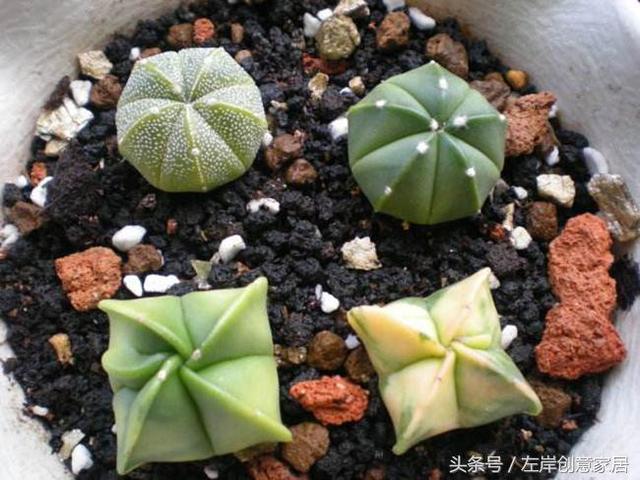
- Prev
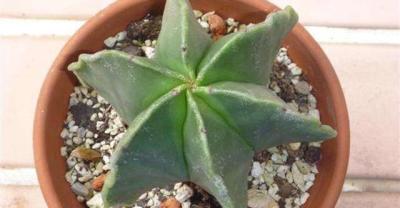
Lvyuanbao culture methods and matters needing attention
Temperature: like warmth, the most suitable temperature for growth is 22-30 ℃. Slightly resistant to cold, can withstand a short period of 0 ℃ low temperature, but overwintering temperature.
- Next
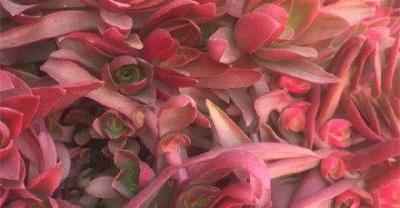
How to cultivate Taxus mairei to be beautiful and active for a long time
Taxus mairei is recognized as a natural rare anticancer plant in the world. At the same time, the yew can also continue photosynthesis in low light and absorb carbon dioxide.
Related
- On the eggshell is a badge full of pride. British Poultry Egg Market and Consumer observation
- British study: 72% of Britons are willing to buy native eggs raised by insects
- Guidelines for friendly egg production revised the increase of space in chicken sheds can not be forced to change feathers and lay eggs.
- Risk of delay in customs clearance Australia suspends lobster exports to China
- Pig semen-the Vector of virus Transmission (4)
- Pig semen-the Vector of virus Transmission (3)
- Five common causes of difficult control of classical swine fever in clinic and their countermeasures
- Foot-and-mouth disease is the most effective way to prevent it!
- PED is the number one killer of piglets and has to be guarded against in autumn and winter.
- What is "yellow fat pig"? Have you ever heard the pig collector talk about "yellow fat pig"?

